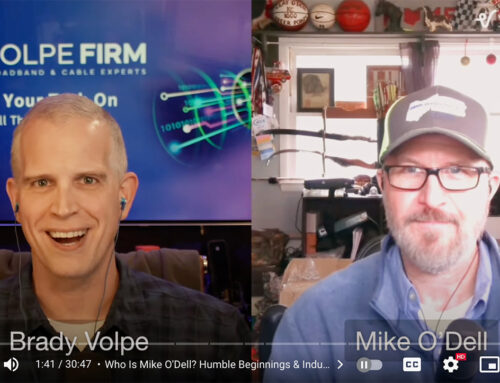DOCSIS 3.1: Begin Preparing Now
Posted on by Carl Weinschenk-BTR
Experts believe that DOCSIS 3.1 is few years off. The specification has not yet been finalized. After that, test and early customer premise equipment (CPE) and corresponding CMTS and CCAP line cards will be sprinkled through systems. The bottom line is that it will be a long time until DOCSIS 3.1 is an element of everyday cable operations.
So preparations should start now.
The industry has been down this road before. What seems like a long road, with plenty of cushion for adjustment, is deceptively short: The great change that the new technology brings demands equally great preparation to the plant, which must be in top shape when the first modems appear.
There are a couple of reasons that DOCSIS 3.1 requires operators to start preparing their plant early in the process:
- The new protocol’s two modulation schemes – orthogonal frequency division multiplexing in the downstream and orthogonal frequency division multiple access in the upstream – are more robust than the QAM and QPSK techniques used in DOCSIS 3.0. This ruggedness makes higher orders of modulation possible. These streams, which can offer densities of 512-QAM, 1024-QAM, 2048-QAM and even 4096-QAM, are increasingly sensitive. Problems such as packet errors are increasingly likely to occur, especially if the plant isn’t in great shape. In some cases, a poor platform will totally disrupt service. In others – perhaps most – DOCSIS 3.1 will fail back to a previous version of the standard.
- DOCSIS 3.1, as all DOCSIS protocols, will be backward compatible to earlier iterations specification. Thus, the amount of DOCSIS traffic will build. Poorly maintained systems will be hard pressed to support this gradually increasing traffic.
Brady Volpe, the principal of The Volpe Firm, suggests that a great deal of preparatory work for DOCSIS 3.1 is the type of block-and-tackling that operators have been doing since the industry was born. “A lot of networks today may be using 256-QAM, but if you look at the spread, you see a bunch of cable modems that have low MER (modulation error ratio) and are just on the edge of staying online,” he said. “Cable operators need to tighten up the plant to get the modems on the low side onto the Six Sigma curve.”





Leave a Reply